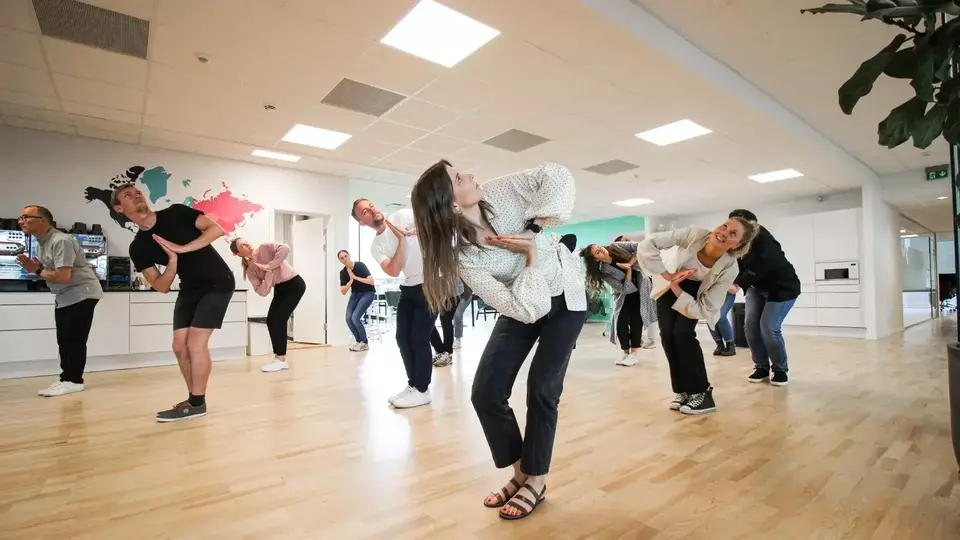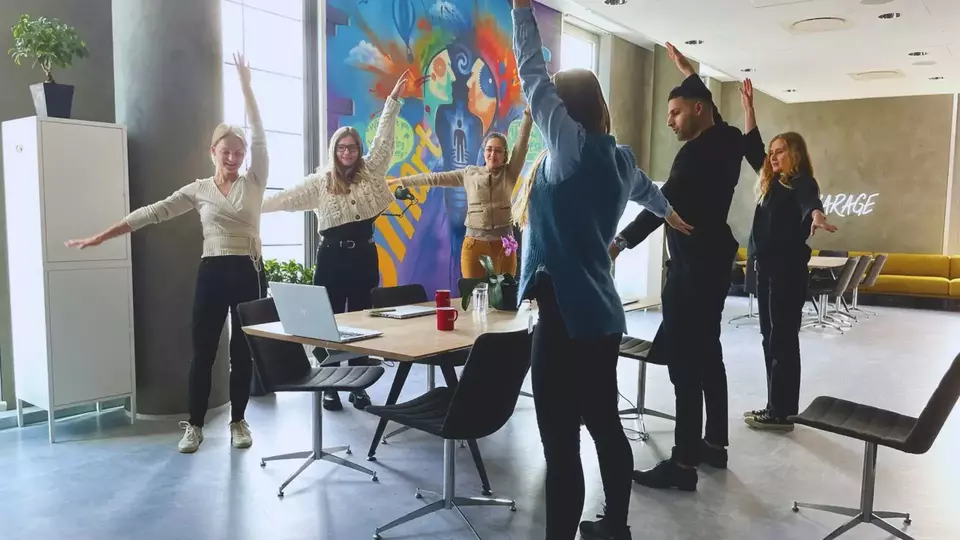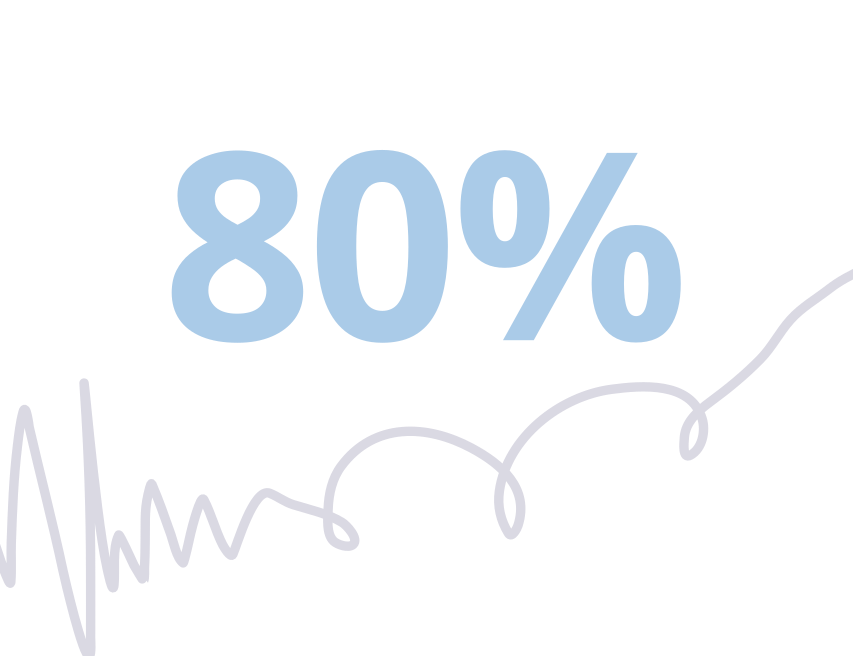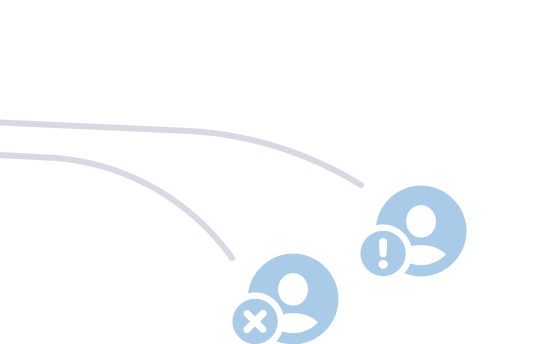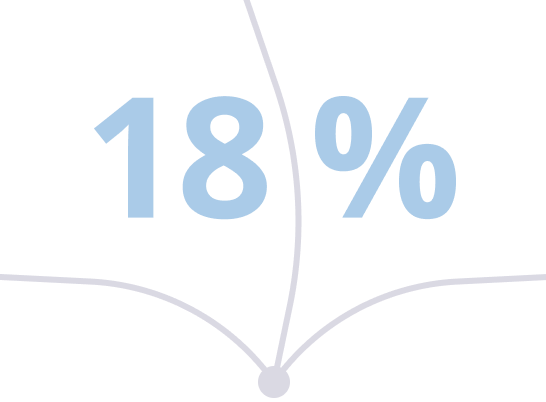The Co-Pilot for Hybrid Workplaces
Fostering Community, Wellbeing & Engagement. Hybrid teams connect and bond through Pleazers - daily, social activities sesamlessly integrated into Microsoft Teams
The Co-Pilot for Hybrid Workplaces to Foster Community Wellbeing Engagement
Hybrid teams connect and bond through Pleazers - daily, social activities seamlessly integrated in MS Teams
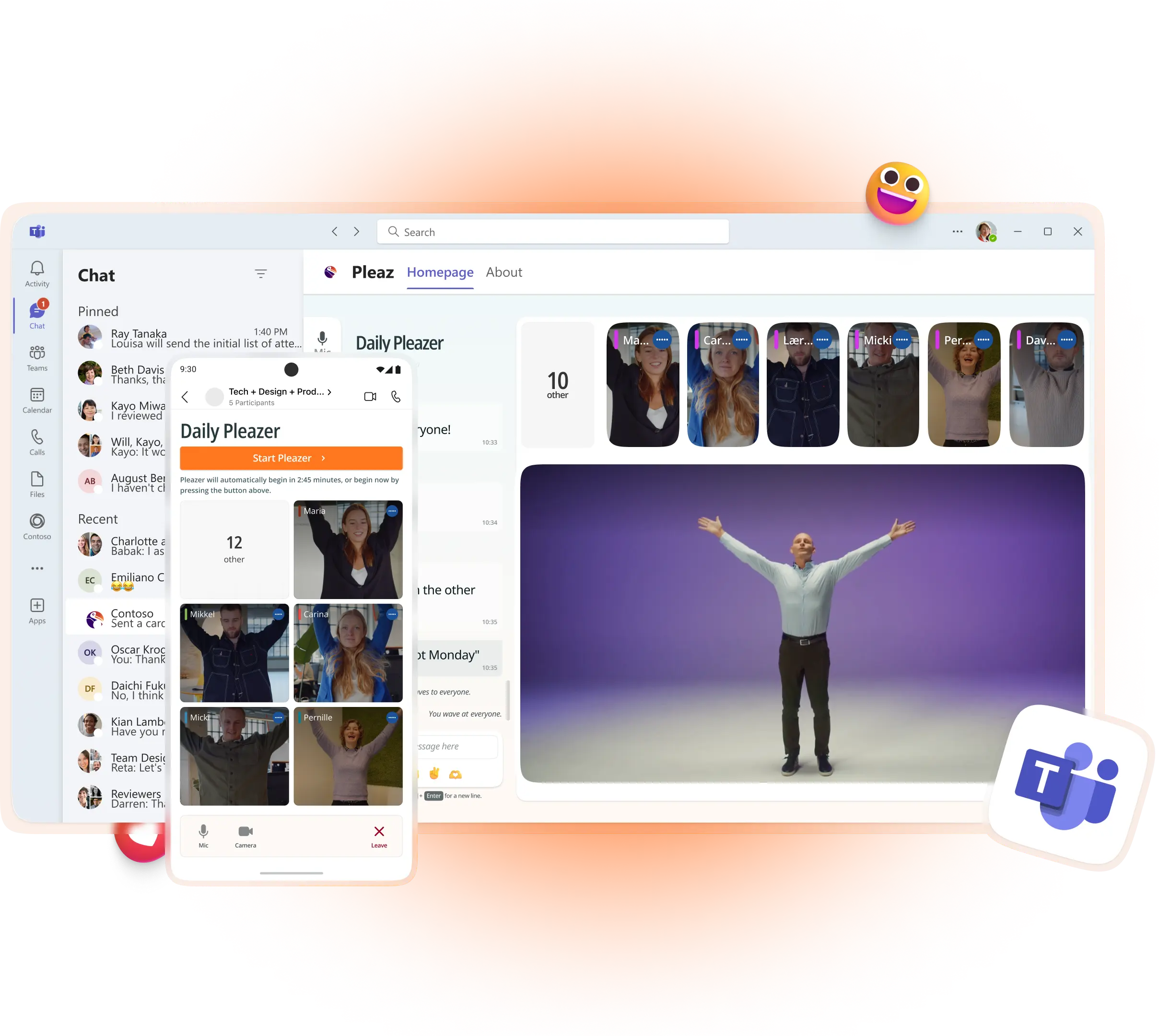
Start building your hybrid workplace communities alongside other great Pleaz customers
Ensuring people feel engaged and stay connected to their team
More than 2.7 million leaders list communication, culture, relationship and collaboration among their top-5 challenges
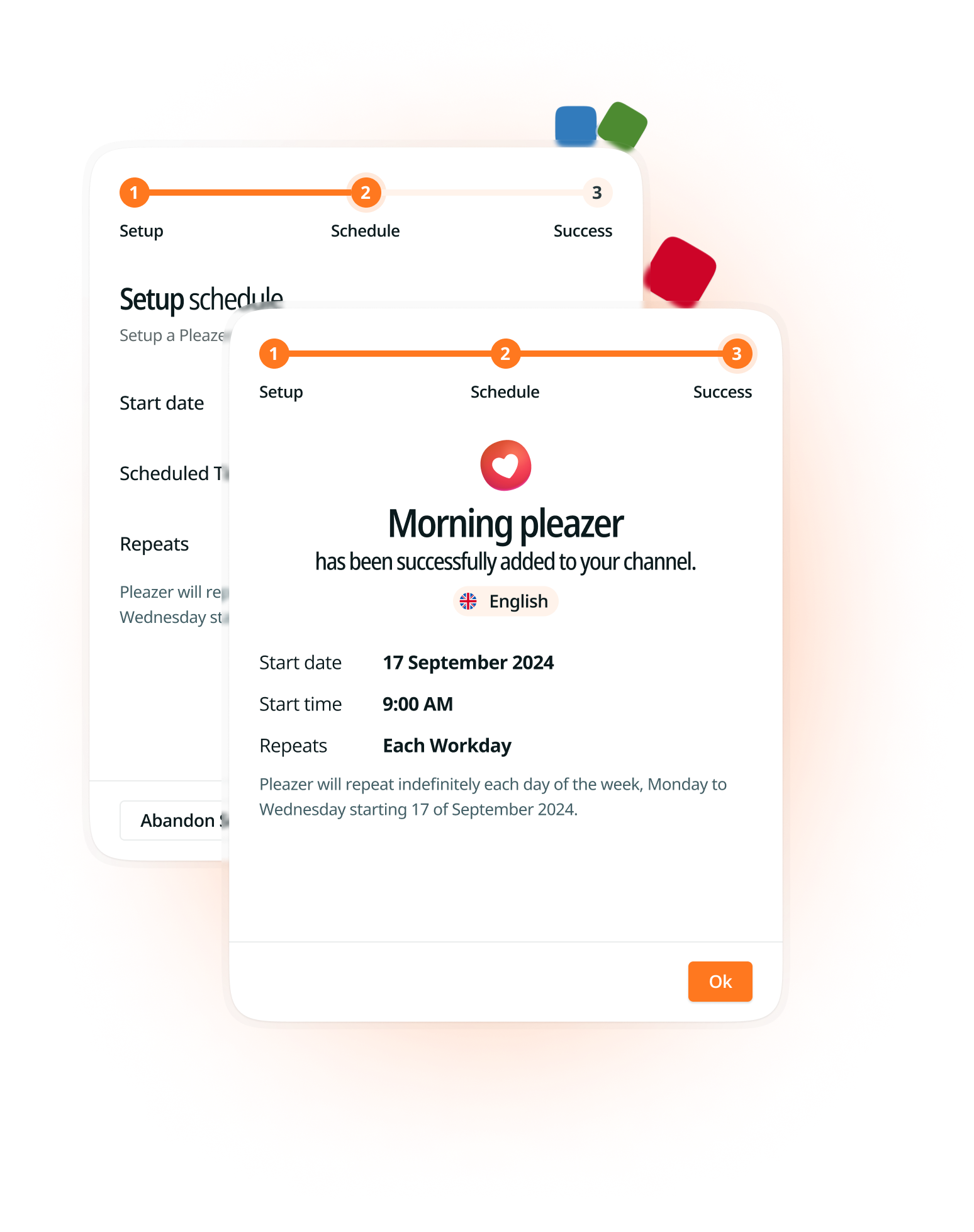
Facilitating team interactions through social activites
Pleaz is the first B2B software to automatically facilitate social team activities. Meet your new Hybrid Team Co-Pilot!

Automated facilitation of social team activites
Setup once, and let the product schedule and execute your social activities automatically

Fun activities built into MS Teams
Execute unlimited fun and active 5-minute team activities directly from MS Teams

Engagement and daily face-time
Team members easily vote to influence the selected activities enabling direct face-time and community
Pleaz keeps getting used
Pleaz is sticky and keeps getting used where most other team initiatives die out after 3 months, research shows. Everything we do at Pleaz, revolves around establishing routines that fit perfectly into the workday. We help global companies create vibrant workplace communities through social engagements for hybrid teams, fostering a sense of belonging.
Pleaz serves as the ideal Co-Pilot, automatically supporting long-lasting routines through MS Teams, having facilitated more than 300,000 activities globally... and counting!
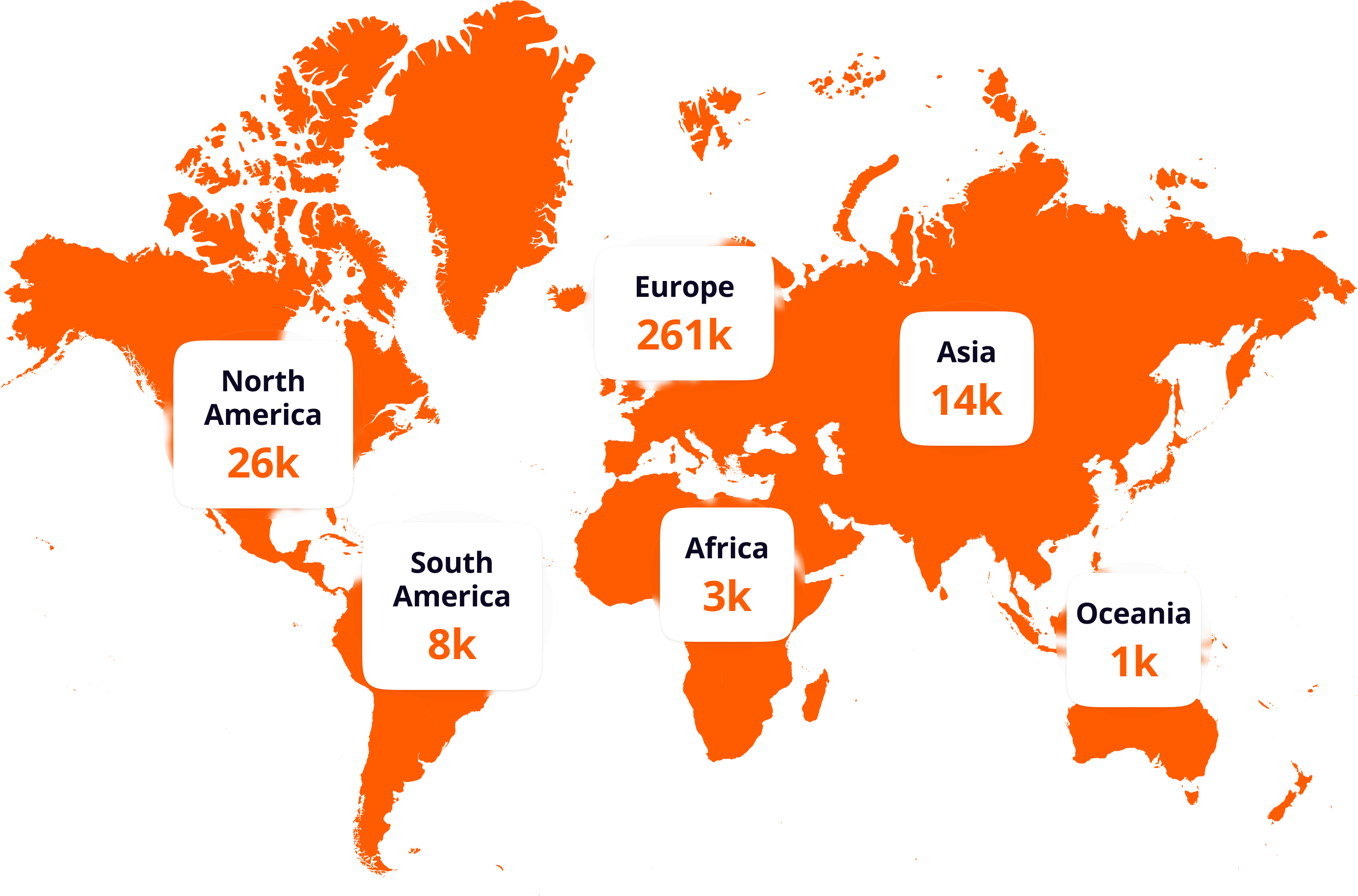
Unique content serving a global audience
'Pleazers’ are short team activities led by world record holders, Olympic gold medalists, and other inspiring athletes and experts. Whether your team prefers training, stretching or meditating together, our world-class instructors have you covered with great content.
Functional Exercises
Team Building Acitivties
Gamified Challenges
Mindfulness
Officeyoga
Breathwork

Ready to engage your hybrid workforce?
Don't just take our word for it
We chose Pleaz because it is easy to build a routine. A Pleazer takes 2-5 mins and leaves you feeling refreshed
Even after 6 months we still experience great support for the small exercises and 80% still choose to participate
People are a critical to our business and culture, and Pleaz supports our existing wellbeing strategy with its digital approach to a healthy work environment
With a hybrid WFH schedule, active micro-breaks with Pleaz have been a great way to connect on the days we do not see each other in the office
Pleaz contributes to our health and wellbeing strategy, and helps remove the stigma associated with taking a break during a workday
Our employees feel fantastic and want to do cross-company social micro-breaks every day, to stay healthy and learn about group dynamics
How Pleaz is being used in workplaces around the world
Happy and healthy employees bring better results and create stronger businesses.
See why Learningbank chose Pleaz as their wellbeing Solution
Get their 6 best tips for creating a habits of using Pleaz every working day - every day
Integrating Pleaz into Global P&C strategies
Learn why Milestone chose Pleaz as their digital wellbeing solution during the Covid-pandemic, and see how they've kept the Healthy Habits alive
How Nestlé embrace Pleaz to support health and wellbeing
Being one of just fixed global HR initiatives, Pleaz has become embedded in Nestlé culture.
Scientifically addressing hybrid work challenges
Studies conducted on our users by the University of Copenhagen have confirmed the many benefits of doing Pleazers during a working day. Following recent research in the field, it proves how social activities can help modern workplaces solve the top four remote work challenges:
Ready to engage your hybrid workforce?
Pleaz is the first B2B software that automatically facilitates social team activities. Meet the new Co-Pilot of hybrid teams!








